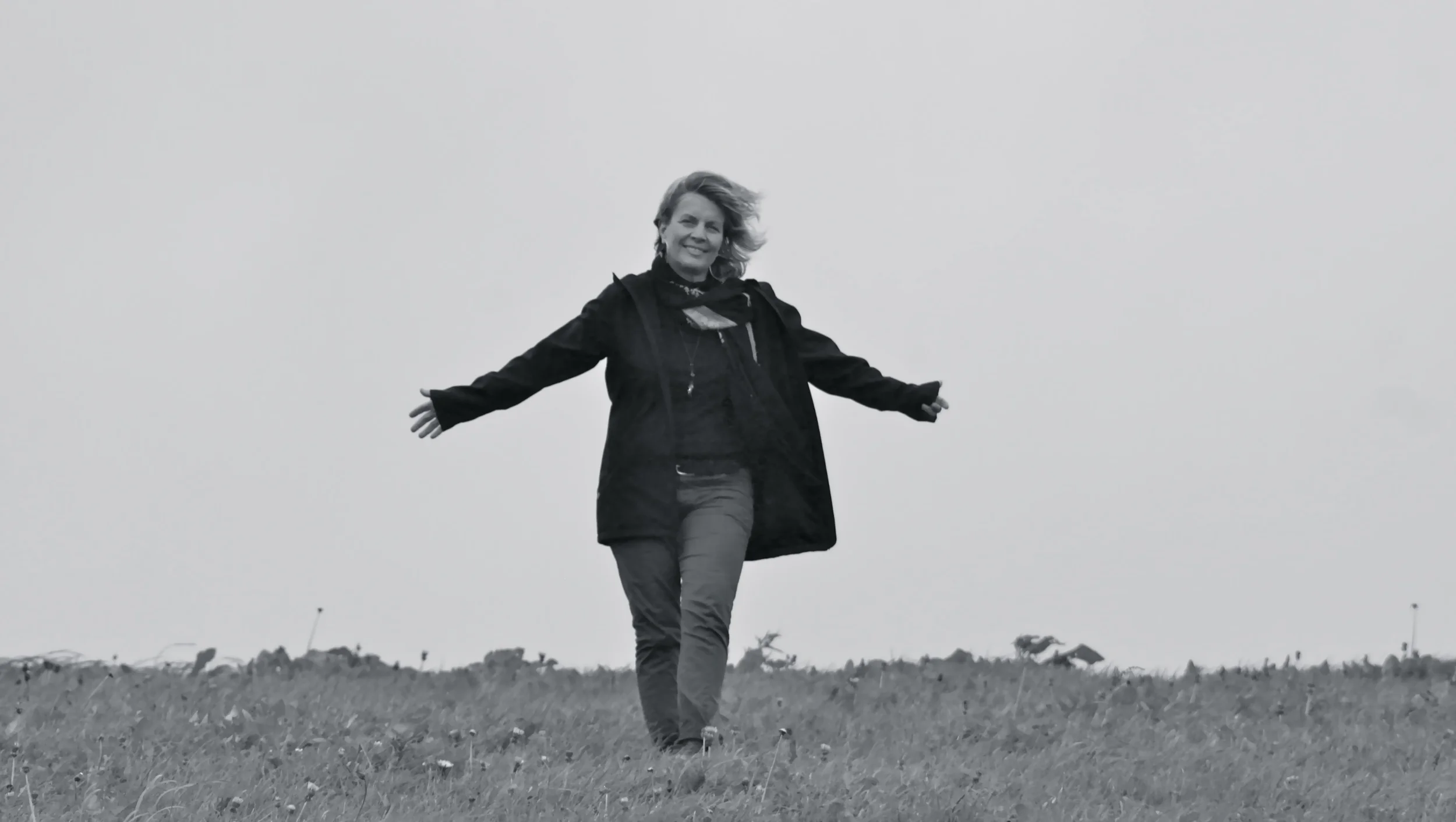Precisely — I love the rhythms and rituals of home, wherever, whatever that may be.
In Brimstone, my hamlet northwest of Toronto, it might be summer river swims with a Zenned-out fly fishermen casting nearby, or dinners at the 200-year-old Cellar Pub where host Brian bear hugs each patron like an old friend, startling those who aren't. In Saint-Julien-de-Lampon, in southwest France, it might be collecting walnuts mid-October with some elderly villagers who've harvested the same forest floor most of their lives. In Goondiwindi, Australia, I think of gulping a frosty XXXX at the Victoria Hotel, our day’s work on a 15,000-acre sheep station done.
Insights, habits, and simple pleasures; where people eat, work, shop, ponder, court, and celebrate — I love these details that connect locals (and me) to where they live. Their issues and crusades too. It's the heroic and everyday stuff that propels local life. Deeper than attractions (which one needn’t miss), all these are the heartbeats that define “home”. And whenever I slow down long enough to hear them and slip into their simple rhythms (even briefly) something magical happens — I transform from traveler to denizen, from stranger to neighbor, from tourist to global citizen. Magic indeed.
It wasn’t long ago that only those of us with insider info could travel this way. Now myriad rental sites make finding a worthy address (whatever your style, budget, needs or destination) dirt simple. The hard part is still what luxury rental firms dub “the art of villa travel” — how and precisely where to savor one sweet slice of culture at a time. Information is vast for would-be DIY denizens. The challenge is making sense of it all — finding the best emerging regions, digging deeper in classic “villa” territory, safety, daily itineraries, where to find the best Maakouda in Marrakech etc. That’s how Native Traveler can help — with profiles of the best live-local regions backed by the insights of locals.
To start, here’s a smattering of home truths I've gleaned working with villa/slow travel companies and seeking out the richest live-local regions since the early ‘90s — when even veteran nomads asked, “You can do that?”
Never underestimate the liberation of brewing morning coffee in your underwear. When the interface is gone — the concierge, the guide, the valet, the waitress, the porter, the maid service — something big happens. You’re no longer a guest. You belong and that’s a bold new ballgame.
Not all live-local regions are created equal. Pleasant isn't good enough. The best enclaves offer a powerful elixir of history, physical beauty, thriving culture, authenticity — each in their own proportions and mostly within 100 miles of your home base. No matter how fabulous the bricks and mortar, even half an hour outside these ideal hubs can eat up almost a day of driving per week. And so, region first, house second.
Insist on a view — your constant connection to place. Recounting how that 70-year-old Provencal matron blew by you on a one-speed as you set out to cycle Mont Ventoux is even funnier overlooking Mont Ventoux.
The best, most memorable live-local moments are often unplanned and free. Whether you pay someone else to do it or unleash your inner travel planner — know this: research won’t create those culminating moments. It just puts you near the places that they’re likely to happen. Always leave room for serendipity to have her way with you.
As an elder of this booming category, I love seeing live-local travel finally come of age — it’s low impact and small footprint. It’s cheaper, more private, often more flexible. It embraces rural and urban, wild to highly civilized, the nearby and far-flung. I love that it’s non-elitist — experiences can be just as rich whether you unpack at a modest fattoria or a grand hilltop castello. Still, most of all, I love this:
In a world where one can explore travel bucket lists with the click of a mouse, live-local travel focuses on the most important and memorable part of actually being there — the human connections. And what better way to find the common bits of our humanity, from Pittsburg to Peru, from Toronto to Takayama, than to grasp our many notions of home. Like a famous Dorothy once said, “There’s no place like home.” To which I’d add just this — wherever you are.






